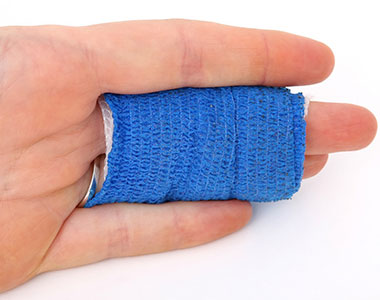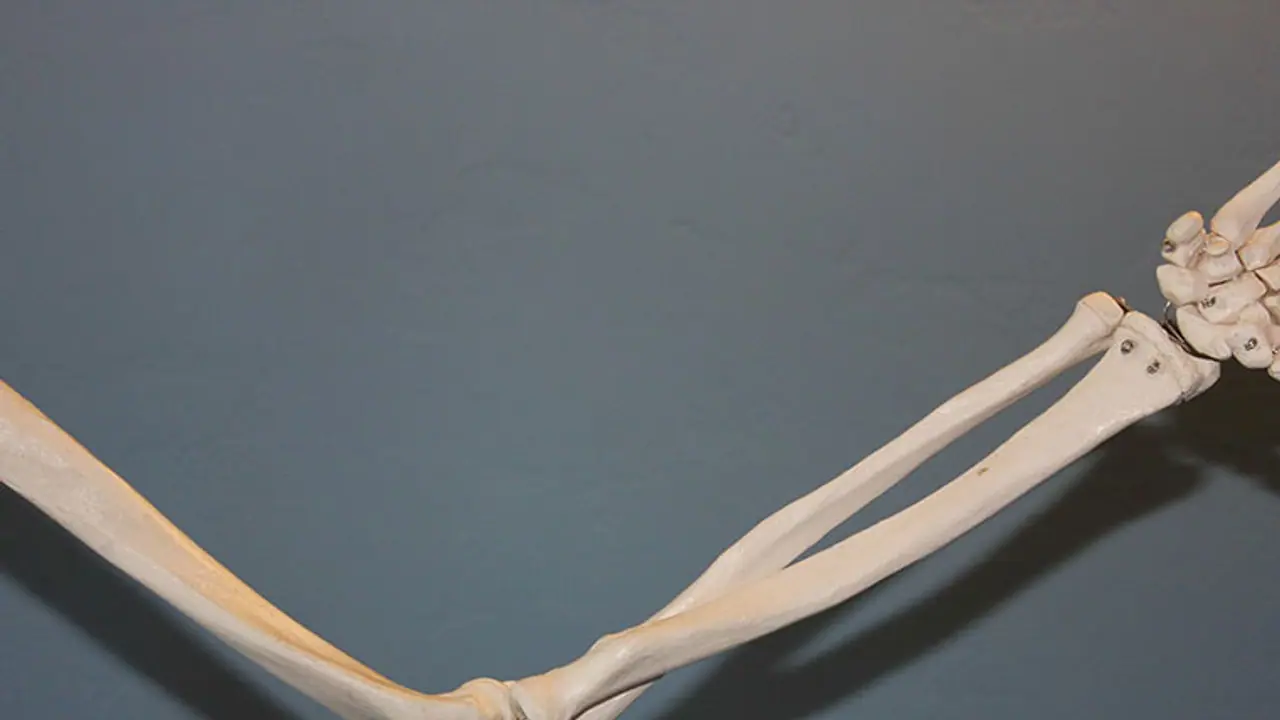Bones play a significant role in the overall function of human body – they provide a sturdy frame for the body, protect vital organs such as heart, lungs, and even produce red blood cells. Our bones, joints, and muscles work in synergy enabling us to walk, run, sit, etc. In humans, bone formation accelerates between the ages of 20 and 30, but after the age of 35, both men and women begin to lose bone density unless they take necessary precautions to prevent it.

The risk of bone deterioration increases as one’s age progresses. Any damage sustained once you get older could mean months of struggle in the hospital unless you take necessary steps to ensure your bones are strong. It takes a great deal of care to maintain all 206 bones in a healthy condition throughout one’s life. By and large, all our daily activities depend on the sturdy framework of these bones.
"A balanced diet, regular exercise, exposure to morning sun rays, weight reduction, consuming Vitamin D tablets, and calcium-rich food can go a long way in ensuring that you always have strong and sturdy bones,”says orthopaedist, Dr. Sudarshan. Apart from maintaining a healthy diet and regular exercise, here are some precautionary steps to ensure you do not damage your bones:
- As soon as you realize there’s some serious damage to your bones, contact your doctor. Bone restoration is possible only if treated within hours of an accident
- If you feel that you have sustained a fracture, try not to move that part of your body and see the doctor
- Use rubber mats or plastic mats, instead of mats made of cloth for tiled floors
- Be cautious while lifting heavy objects as it may damage your wrist or spine
- Exposure to sunlight for at least an hour daily is preferred
- Intake of more calcium-rich food and Vitamin D is advisable
 The predominant function of bones is to lend support to the body as a whole and facilitate easy blood circulation in the body. It also stores minerals that are essential to the body, so it is also essential to know what one should do in case the bone breaks or cracks. There are different kinds of bone damages. Here's a few of them, and what one can do about it:
The predominant function of bones is to lend support to the body as a whole and facilitate easy blood circulation in the body. It also stores minerals that are essential to the body, so it is also essential to know what one should do in case the bone breaks or cracks. There are different kinds of bone damages. Here's a few of them, and what one can do about it:
Ruptures or cracks: Osteoporosis is a common ailment that affects bones, where a small rupture or crack in the bones subsequently leads to a fracture or breakage of the bone. An estimate reveals that one in three persons are susceptible to osteoporosis, globally. It usually affects the bones in the spine and wrist. Among women, the onset of osteoporosis is more prominent after menopause. This, however, can be corrected to some extent through estrogen replacement therapy.
Dislocation of bones: Sometimes bones can get dislocated during strenuous activity. It is difficult to judge whether the bones are broken or dislocated by touch; only an experienced orthopedist can determine the extent of damage done after examining an X-ray or an MRI scan. In case of dislocation, a doctor will follow these four steps:
- Manipulation (reposition): In this method, the broken / fractured bones is repositioned to its original place.
- Immobilisation: Under this method, the broken / fractured bones,too, is repositioned to its original place. Once the bone is popped back into place, the patient is asked to wear a sling or splint to prevent the bone from dislocating again.
- Medication and surgery: Sometimes, even after repositioning of bones, the pain may persist; in such cases, the doctor is likely to prescribe painkillers. In more severe cases where the nerves and blood vessels have been obstructed, a surgery might become essential, especially for shoulder bones.
- Rehabilitation: After the sling is removed, regular exercise is needed to strengthen the joints or bones. However, this should be done with due care as there are chances that the bone may get dislocated again.
- Rejoining bones: In younger children, broken bones can mend themselves really fast. Once treated, the chances of complete recovery in those with osteoporosis and calcium deficiency are said to be remote. Post operation, an orthopedist will treat the case right from cement plaster to metal plate, rod, screw, artificial joints, depending on the complexity and body condition.
Is conservative method good?
It is quite common for rural folk to see a neem hakim or conservative practitioner without consulting an expert orthopedist to get his or her problems addressed. The conservative practitioner will usually insert a sort of bamboo plate to ensure that the broken ligament stays intact. This traditional method sometimes leads to a positive result, but in more complicated cases, it may not be an effective solution. It would be better to take an expert opinion to decide the course of treatment.
